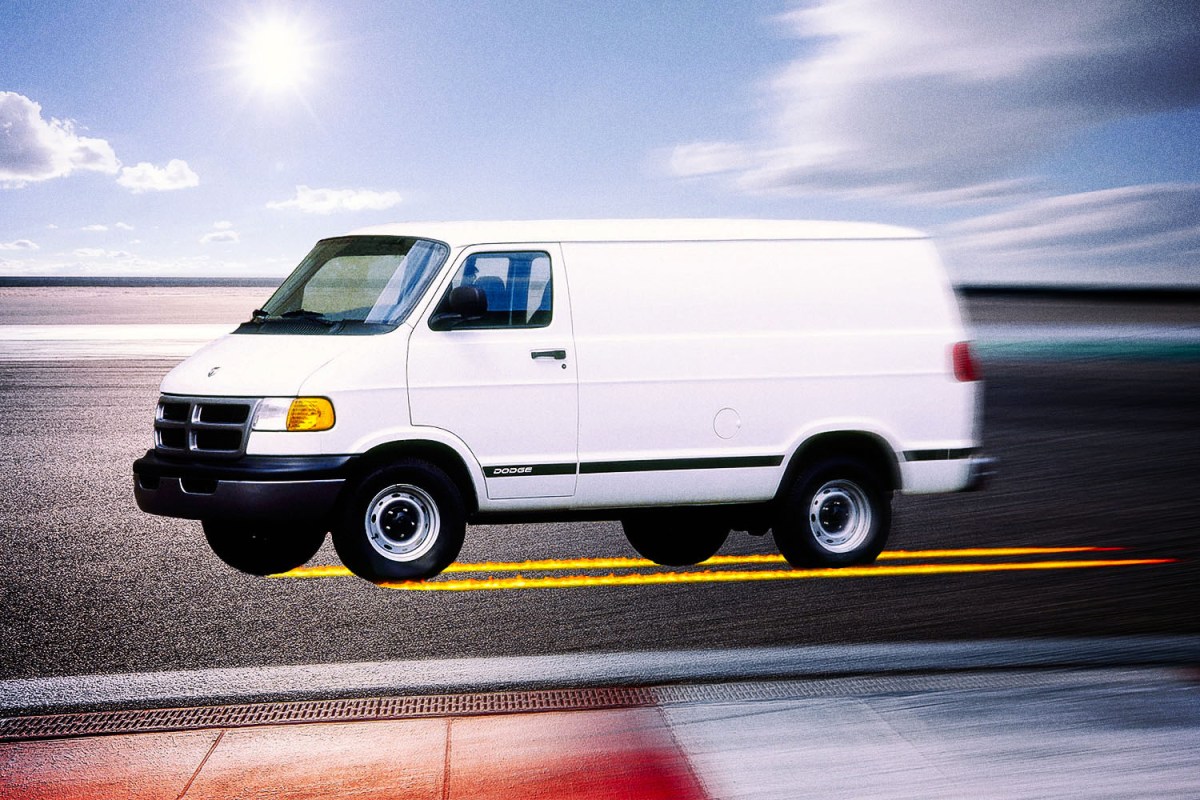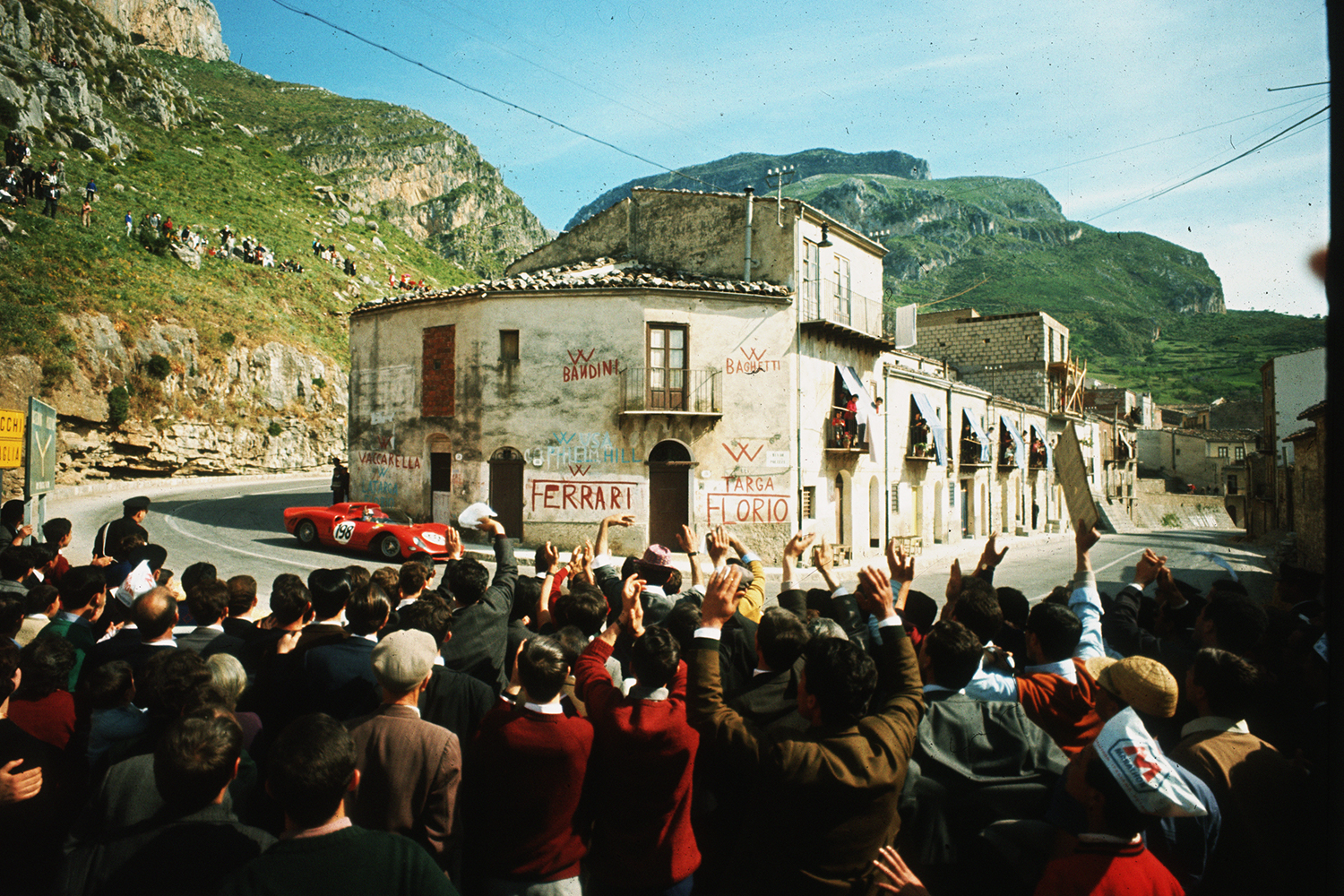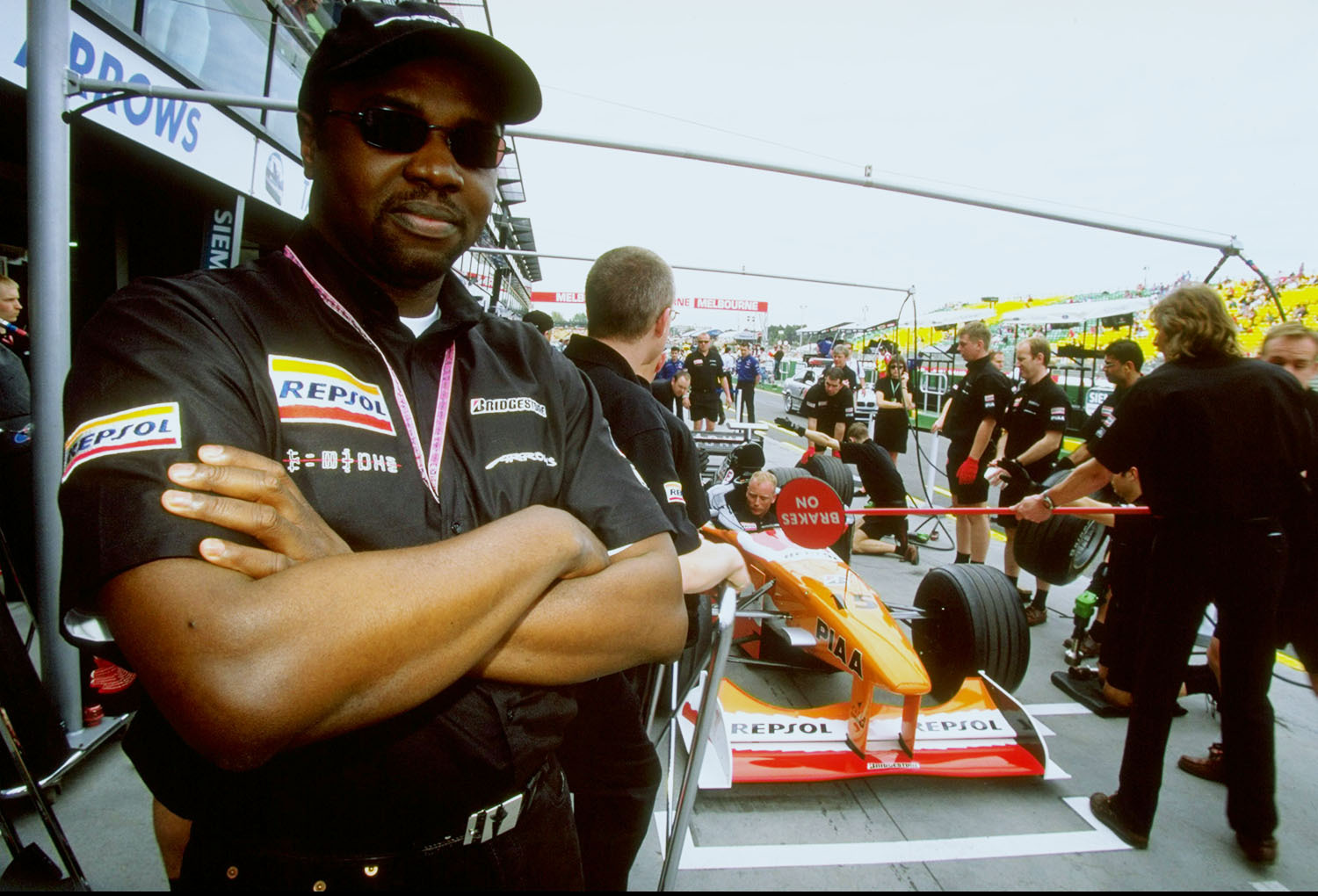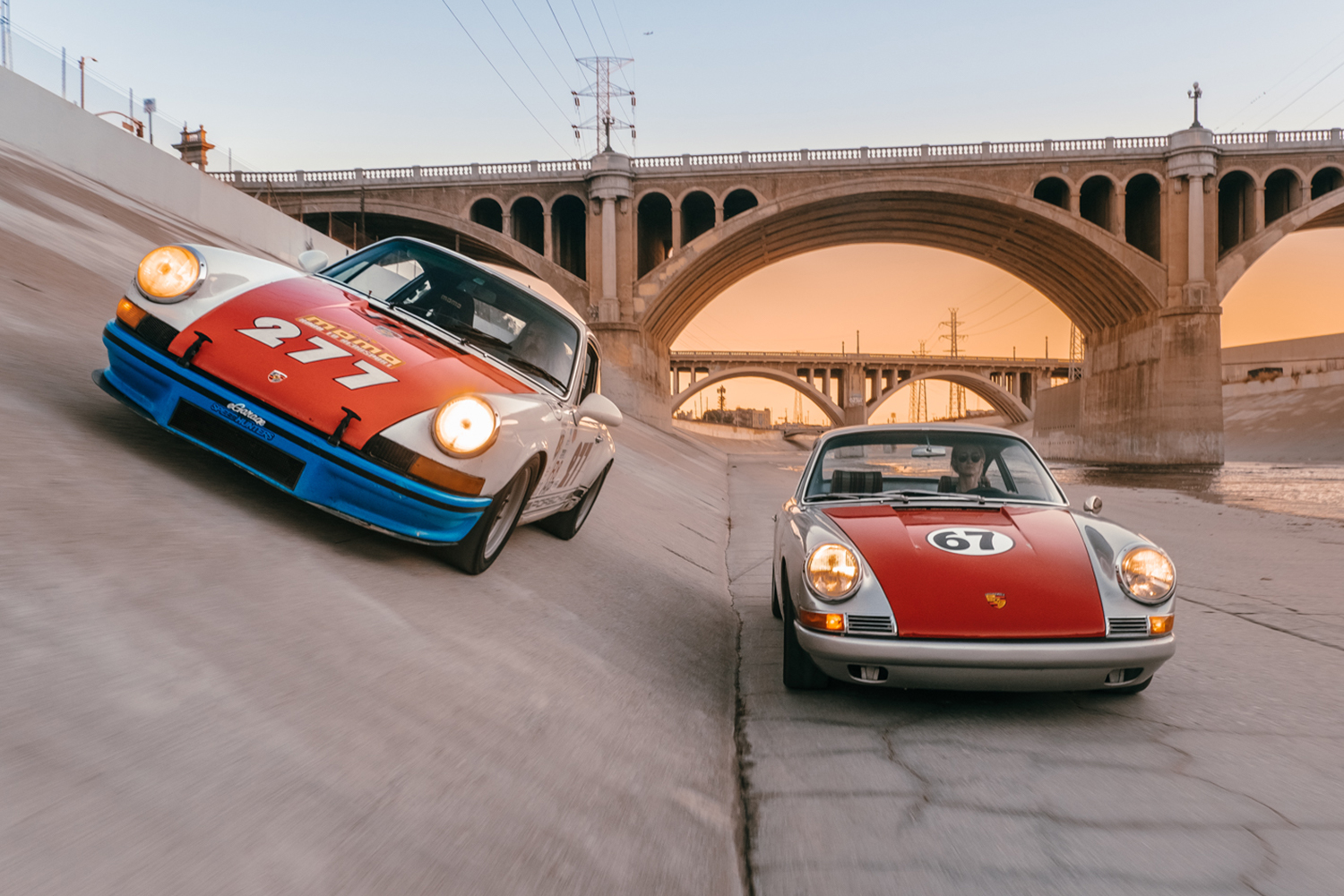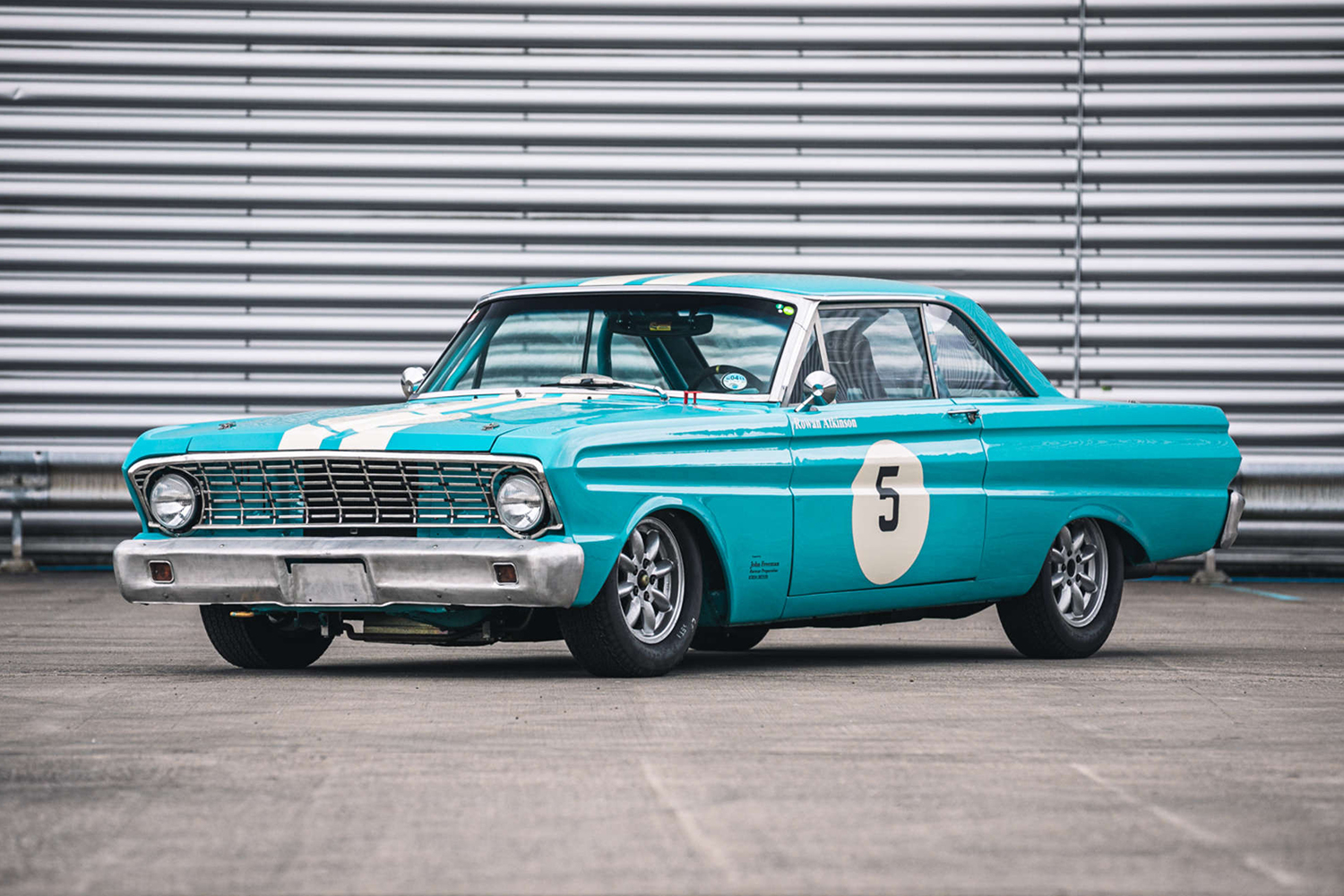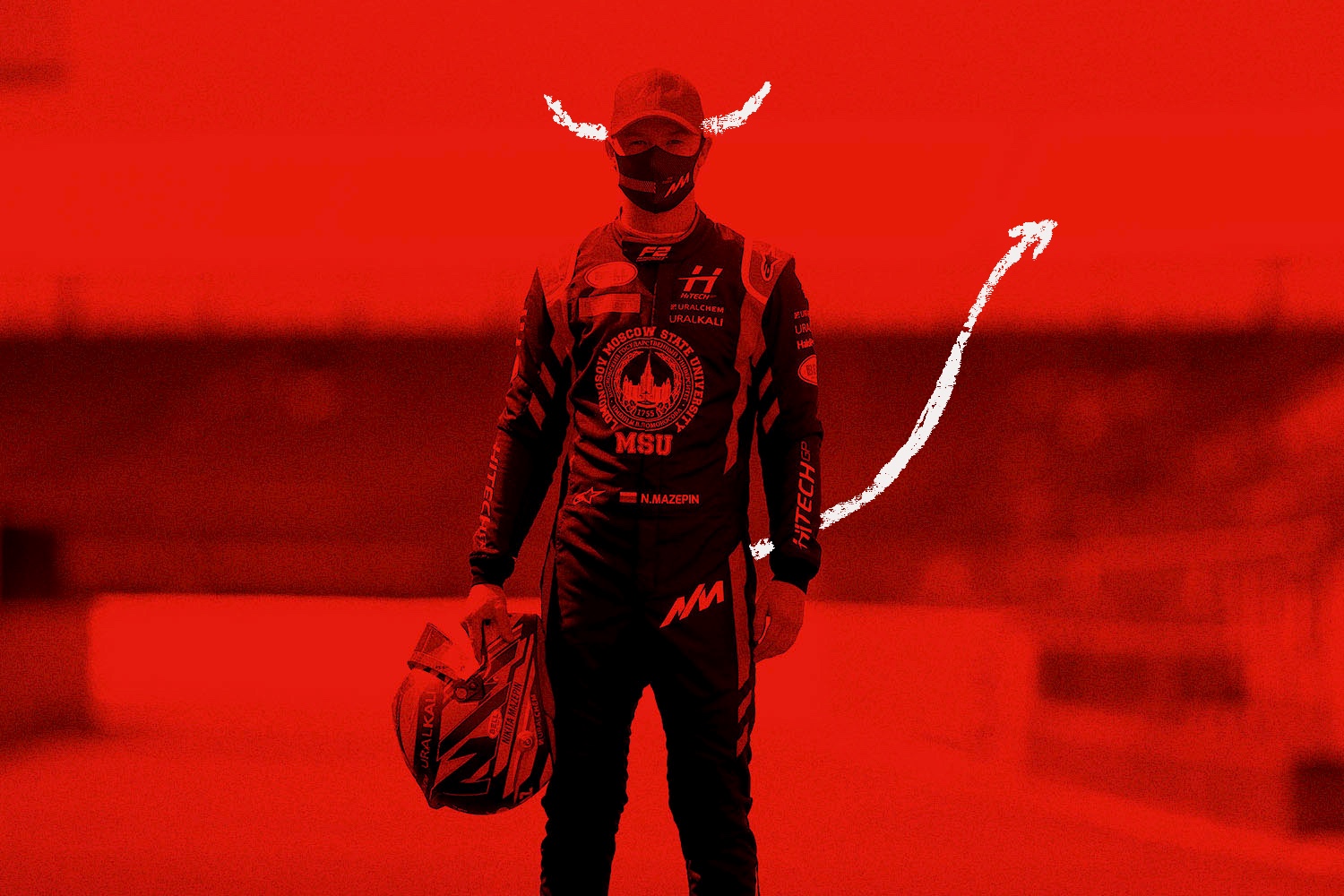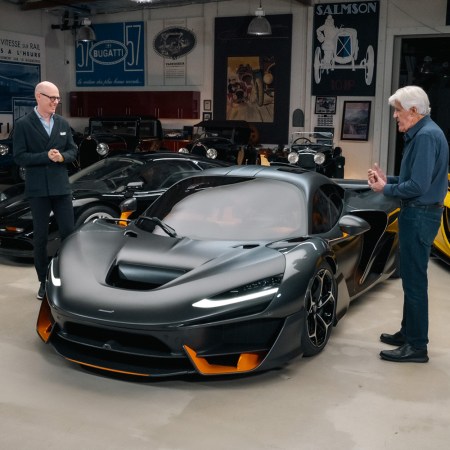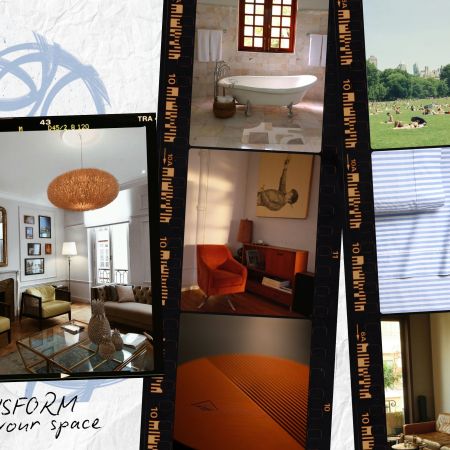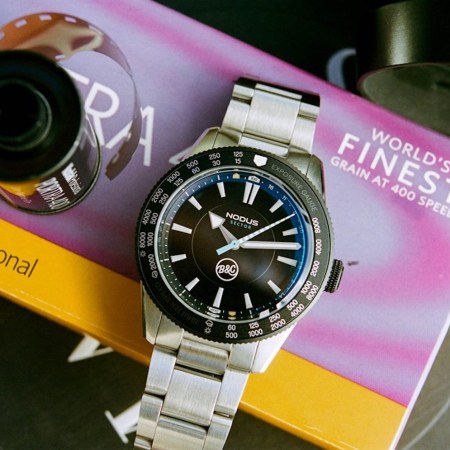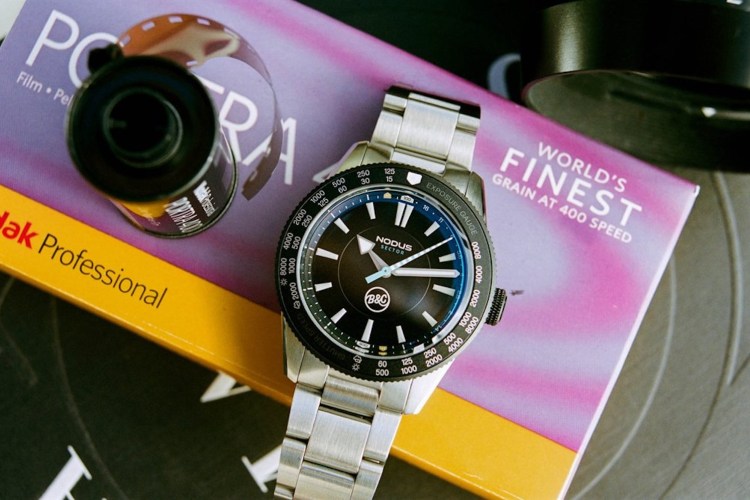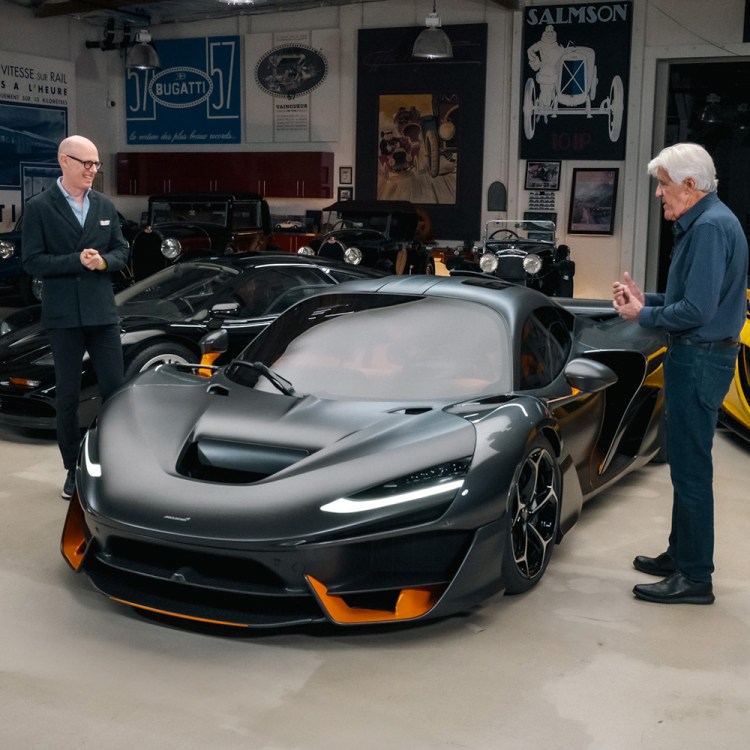Ask any enthusiast to put together their top 10 list of track-day terrors, and it’s a fair bet that not a single position would be offered to a full-size van whose platform dates back to the early 1970s. In fact, you’d be hard-pressed to find any cargo haulers on the starting grid of even the most contrarian of racing fans.
And yet, nestled deep in the clutches of Japan’s occasionally esoteric car culture is the exception: a thriving cadre of box fans regularly putting Dodge’s least athletic auto through its paces on tracks designed to accommodate vehicles half their size and a third their weight. Dubbed the “Dajiban” in the local patois, these vans are the ultimate grassroots motorsports ride — and a clear middle finger to conformity, automotive or otherwise.
Motorsport’s Antithesis
It’s important to underscore just how ill-suited the Dodge B-series (later renamed the Ram) van is for racing, or rather, for anything other than a ponderous, fully laden straight-line slog. Introduced in 1971, Dodge’s workhorse was built on something the company called a “uniframe,” which melded a sedan-like unibody platform with a pair of ladder channels underneath borrowed from a traditional truck.
The end result? A fantastically low-load floor and a tensile strength comparable to overcooked pasta, with the latter frequently tested by its tall-riding center of gravity. Combined with its series of workmanlike engines, the largely-unchanging B-series / Ram would ride out nearly four decades quietly shuttling at airports, swallowing gear at worksites and disappointing minivan-seeking families who accidentally came home with the wrong Dodge.
Van Culture Redux
Indeed, the introduction of the Dajiban into Japan’s racing scene had entirely utilitarian roots. While it might seem unusual that there were enough Dodges circulating along the island nation’s highways to achieve the critical mass required for a full-on movement, Japan has long had a fascination with vans. In particular, it has historically imported models like the Ram and Chevrolet’s Astro in surprisingly large numbers. Some of these haulers are diverted to the van customization craze that prizes American metal, but others are valued for their size and V8 rumble by mechanics and tradespeople seeking something different.
It’s this latter demographic of free-thinking motorsports fans that birthed the Dajiban onto pit lane. Frequently used to haul motorcycles to the track, the legend goes that one pilot dared to turn in a few laps in his van for laughs at the end of a racing session. The spectacle of this beluga-out-of-water whaling its way through switchbacks and chicanes was so compelling that it wasn’t long before an entire pod of the cargo-carrying cetaceans were regularly testing the high-performance waters.
How to Get a Dodge Van Race Ready
Naturally, it was a short step from stock-van antics to making the modifications necessary to remove some of the Ram van’s more terrifying handling quirks. Almost all of the Dodge vans found in Japan feature a short wheelbase, as it’s the only way to fit them through the still-narrow streets of smaller towns found around racetracks (not to mention park them), but despite their more manageable proportions these runt-of-the-litter Dajibans need all the help they can get to stay shiny side up.
This is particularly true if they plan to compete in the D-Van Grand Prix racing series, which has been running off-and-on for several years now. Organized by Takuro Abe, it takes place at the Ebisu Circuit, and it’s here that the finer points of Dajiban tuning are on full display. Despite their stripped interiors, weight is still a major issue for the Ram, which means upgraded transmissions (with additional cooling), larger brakes and coilover suspensions work hard to keep the rubber on the road. Some of these vans even feature carbon-fiber hoods, all in the name of shaving as much mass off of their snub-nose setups as possible.
Most of the Dajibans sport 5.2-liter V8 engines which have been warmed over by suppliers such as Abe himself (who runs a van-oriented garage called Abe Chuko Kamotsu) and the now-defunct Dodgevanracing.com, which was managed by Takahiro Okawa. Originally rated at 230 horsepower, with the right massaging it’s possible to spike past 300 ponies on pump gas, boosting forward thrust while greatly increasing the stress on the poor van’s stoppers. Mid-race adjustments are made that much easier by the fact that the Ram’s V8 is mounted almost entirely inside the cabin between the two front seats.
Missing the Point Is the Point
How do they handle in the heat of competition? Despite the best efforts of their owners, the general consensus is that the Dajiban is an objectively terrible high-performance machine. That doesn’t mean they’re not fun, however; once the fear subsides, the idea of watching a pack of drift-happy hulks duke it out within Ebisu’s tight confines sounds as amusing to watch as it is to experience from behind the wheel.
More importantly, Dajibans aren’t meant to match their sports-car rivals in terms of speed or handling, and any attempt to judge these machines from that perspective largely misses the point of their existence. In a country where individual expression is often discouraged in favor of homogenous cultural order and preserving wa on streets that boast more pocket-sized kei cars than crossovers, racing a thunderous American cargo van is the equivalent of spiting your HOA by painting your front door purple and then setting your house on fire.
If the method of self-expression is imported, the genuine passion of the Dajiban crowd couldn’t be more homegrown. In focusing their attention on an unloved American cast-off (and giving us a pretty sweet Hot Wheels tribute in the process), owners let their deconstructed freak flag fly in a wholly original manner unduplicated on any U.S. racetrack. Don’t mistake the medium for the message — remember, this is the same country that gave us the over-the-top stylings of the Bosozoku as well as Lamborghinis completely covered in flashing LED lights. If the Ram van cargo cult didn’t exist, these Japanese mavericks would be hooning something else just as outrageous, and caring just as little about what their neighbors thought about it.
Ebisu Circuit was recently damaged by an earthquake that had a serious impact on the community and the facility, with a major landslide putting the track out of commission. Donations to help rebuild the road course and implement disaster prevention measures can be made at the following link.
This article was featured in the InsideHook newsletter. Sign up now.
